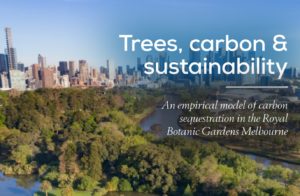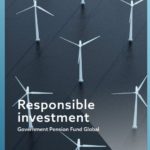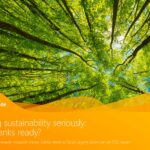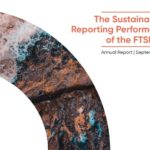
Researchers have come up with a new model to estimate carbon capture by trees enabling more accurate sustainability reporting.
Sustainability reporting is becoming increasingly important. Most of the world’s largest 250 companies now periodically produce sustainability reports on which auditors provide assurance.
As much as 45 per cent of the world’s carbon is stored by trees and many companies seeking to offset their carbon footprint choose to plant trees. One of the main challenges for accountants, however, is accurately calculating carbon sequestered by such programs.
To better understand how to capture, manage and report on carbon sequestration, researchers from the University of Melbourne’s departments of botany and accounting collaborated with the Royal Botanic Gardens Melbourne (RBGM). They drew on more than 25 years of tree data to develop carbon capture models for different tree species and ages.
Chartered Accountants Australia New Zealand supported the project, which was the first comprehensive study of its kind in an Australian urban environment.
Through their analysis, researchers led by Associate Professor Brad Potter created an empirical equation that accountants can now use to more accurately calculate carbon capture as trees grow and significantly reduce errors.
This empirical equation is available for any accountant to use and will underpin all future carbon reporting, providing greater opportunities for higher levels of assurance to emerge in the future.
The project also demonstrates the tangible benefits of collaborating across disciplines. Collaboration enhances accountants’ ability to report more accurately on the impact of activities that aim to tackle some of the world’s biggest challenges, such as living sustainably and addressing climate change.
Related News:



